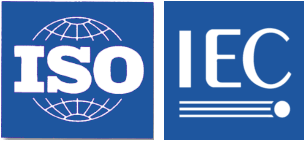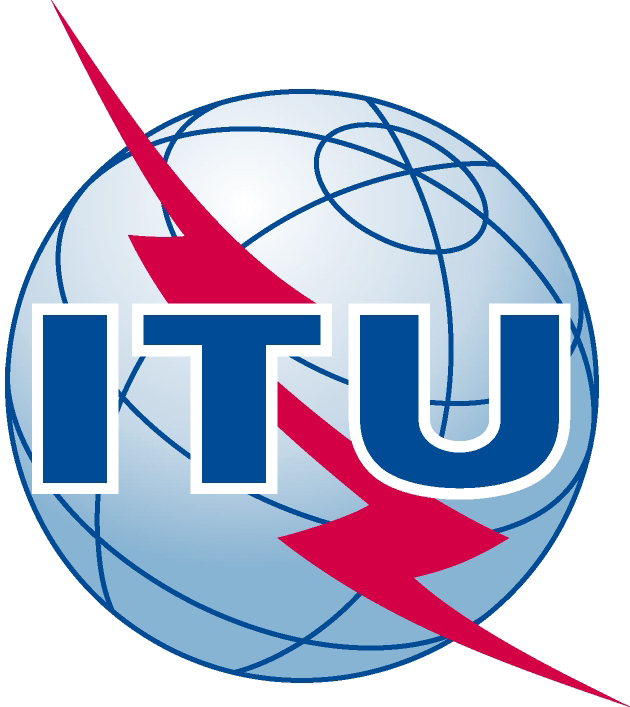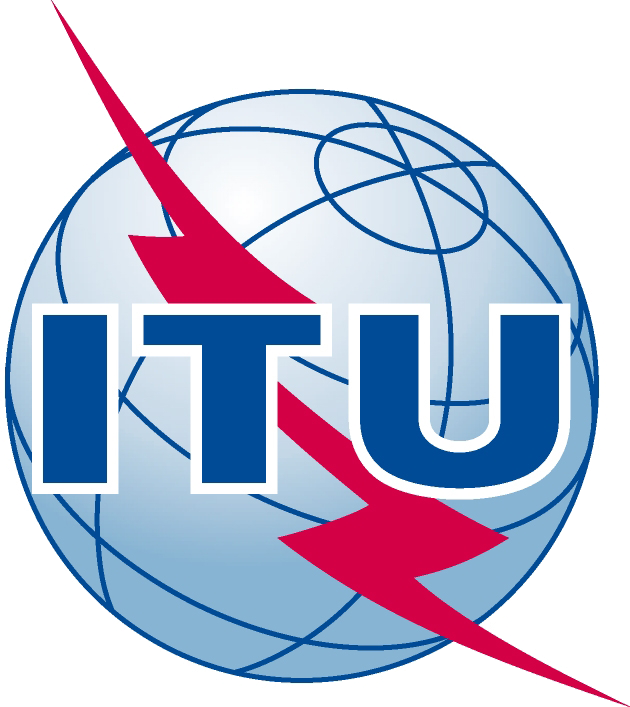Bid data: geomorphology use case
Remote Sensing of Geomorphodiversity Linked to Biodiversity—Part III: Traits, Processes and Remote Sensing Characteristics
https://www.mdpi.com/2072-4292/14/9/2279
Remote Sensing of Geomorphodiversity Linked to Biodiversity—Part III: Traits, Processes and Remote Sensing Characteristics
https://www.mdpi.com/2072-4292/14/9/2279
Standards for data management within and among local and distributed information systems environments. SC 32 provides enabling technologies to promote harmonization of data management facilities across sector-specific areas. Specifically, SC 32 standards include:


The 5 Published ISO/IEC JTC1 Big Data Standards are:
Since the JTC1 WG9 Big Data first published 20546 - Overview and vocabulary in 2016 there has been a dedicated team of chairpersons, project managers, convenors, editors and experts who continued right through the merger with the new JTC1 SC42 AI standards group to publish 4 more standards in the following 4 years to 2020.
Today - ( Monday February 4th 2021), JTC1 SC42 has 22 Projects under development.. Lots done.. More to do..
The present document describes requirements on both CMTSs and CMs in order to implement a DOCSIS® Layer-2 Virtual Private Network (DOCSIS® L2VPN) feature.
The L2VPN feature allows cable operators to offer a Layer 2 Transparent LAN Service (TLS) to commercial enterprises. In order to speed time to market, CM-TR-L2VPN-DG-V02 [i.8] offers guidelines to CMTS manufacturers as to how to phase the implementation of requirements defined in the present document.
Phase designations are only applicable to CMTS products. Cable modems are expected to support all required L2VPN features in Phase 1. The present document corresponds to the CableLabs L2VPN specification CM-SP-L2VPN-I12
The OASIS MQTT TC is producing a standard for the Message Queuing Telemetry Transport Protocol compatible with MQTT V3.1, together with requirements for enhancements, documented usage examples, best practices, and guidance for use of MQTT topics with commonly available registry and discovery mechanisms. The standard supports bi-directional messaging to uniformly handle both signals and commands, deterministic message delivery, basic QoS levels, always/sometimes-connected scenarios, loose coupling, and scalability to support large numbers of devices. Candidates for enhancements include message priority and expiry, message payload typing, request/reply, and subscription expiry.

The OASIS AMQP TC advances a vendor-neutral and platform-agnostic protocol that offers organizations an easier, more secure approach to passing real-time data streams and business transactions. The goal of AMQP is to ensure information is safely and efficiently transported between applications, among organizations, across distributed cloud computing environments, and within mobile infrastructures. AMQP avoids proprietary technologies, offering the potential to lower the cost of enterprise middleware software integrations through open interoperability. By enabling a commoditized, multi-vendor ecosystem, AMQP seeks to create opportunities for transforming the way business is done in the Cloud and over the Internet.

The scope of the present document is to support Smart Appliance common ontology and communication framework testing needs. It specifies a global methodology for testing for Smart Appliances, based oneM2M specifications. It analyses the overall testing needs and identifies and defines the additional documentation required.
The testing framework proposed in the present document provides methodology for development of conformance and interoperability test strategies, test systems and the resulting test specifications for SAP.
The present document specifies technical characteristics and methods of measurements for maritime mobile broadband radiocommunication systems (MBR) radio equipment intended to operate in the 5,8 GHz band.
The present document applies to systems utilizing integral electronically phase steered antennae applicable for communications between vessels and between vessels and platforms engaged in coordinated off-shore activities.
The present document provides specifications of infrastructure related ITS services to support communication between infrastructure ITS equipment and traffic participants using ITS equipment (e.g. vehicles, pedestrians). It defines services in the Facilities layer for communication between the infrastructure and traffic participants. The specifications cover the protocol handling for infrastructure-related messages as well as requirements to lower layer protocols and to the security entity.
Recommendation ITU‑T Y.3602 describes a model and operations for big data provenance. Also, this Recommendation provides the functional requirements for big data service provider (BDSP) to manage big data provenance. The reliability of data is an important factor in determining the reliability of the analysis result. Data provenance aims to ensure the reliability of data by providing transparency of the historical path of the data. In a big data environment, complex data processing and migration due to the big data lifecycle and data distribution cause various difficulties in managing data provenance.

Recommendation ITU-T F.743.7 specifies requirements for visual surveillance enhanced by big data (VSBD) services. It promotes the value of visual surveillance services by using big data analytics method and tools. Massive video, event and sensing data are analysed to support enhanced visual surveillance services, including video retrieval, event detection and status prediction.

This Recommendation specifies framework of big data driven networking. The scope of this recommendation includes the model architecture of big data driven networking (bDDN), the high-level capabilities of bDDN, the interface capabilities among different planes and layers.
